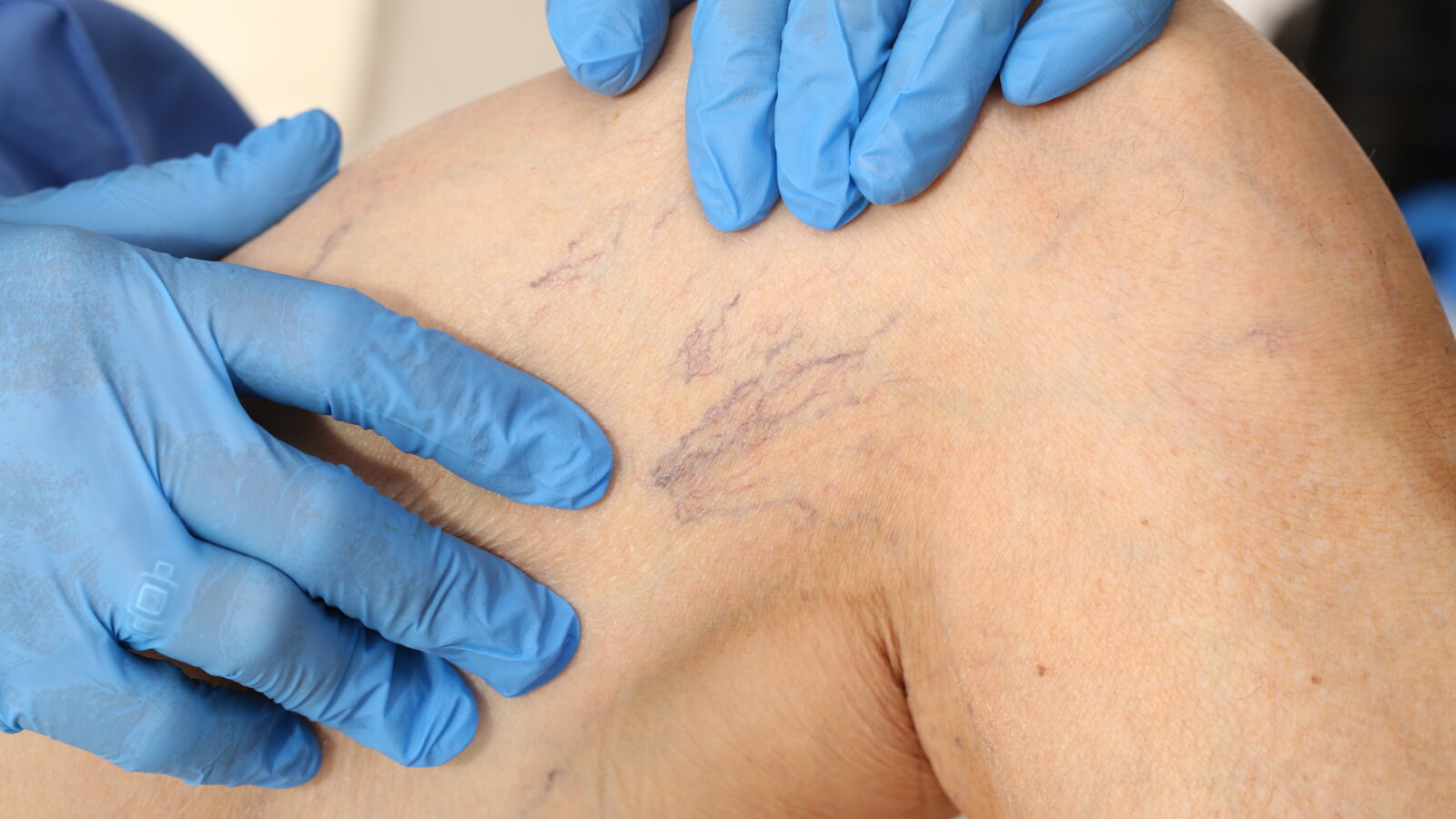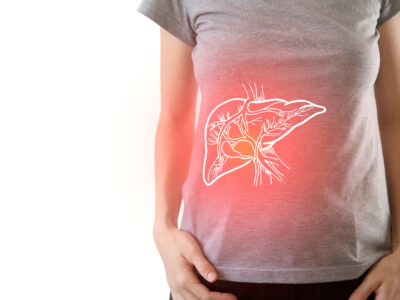We all recognize that the modern liver is frequently burdened by environmental toxins, and while we can all benefit from additional liver support, not everyone needs it and many conditions don’t seem to improve much from receiving it. While clinically significant liver disorders are often hard to miss, by the presence of symptoms like jaundice or elevated liver enzymes on blood panels, functional liver problems can be harder to spot. Many practitioners treat the liver only when there is a known toxic exposure, rather than using symptoms as a reliable guide that the liver is in need of support. Additionally, because there are so many toxins in the modern environment, it is easy to pursue red herrings and attribute symptoms to toxins when they are not the cause. If a poorly functioning liver or excessive toxic burden is truly the cause, there should be other signs present to support this line of thinking. The following are some common as well as some uncommon and under-appreciated symptoms associated with the liver, and some under-recognized causes of harm to the liver.
Fatigue
Because fatigue is a common symptom, one should not leap to the conclusion that the liver is to blame. Nevertheless, fatigue is a frequent presenting symptom of serious liver disorders, and a sluggish liver may well be to blame for low energy levels. This is especially likely to be the case when fatigue is accompanied by nausea, loss of appetite, easy satiety (feeling full despite not having eaten very much), or unintentional weight loss. If none of these symptoms are present, the liver could potentially still be involved but there should be a constellation of other factors suggestive of poor liver function.
Itching
Like fatigue, itching can be due to any number of factors and is not a clear-cut sign of a liver issue. When it is, the common giveaway is continuous or severe itching in the absence of a rash, with other signs being the involvement of the palms and soles or a worsening at night. Sometimes it is tempting to go down a rabbit hole of fungal or allergic causes, when the true cause of a maddening itch is the body’s own waste products. Itching rapidly ensues whenever the flow of bile is obstructed, as the bile salts normally excreted this way instead build up in the skin.
Cataracts
There is an old and respected association between eye and liver health. Jaundice for example, an obvious sign of liver dysfunction, is often first noticeable in the eyes. Cataracts are another clue that something is wrong in the liver. A recent study from South Korea has confirmed a link between cataracts and liver fibrosis, suggesting that this relatively common condition is not simply a sign of aging. It is also noteworthy that the earliest statin drugs, which act on the liver as it is the primary site of cholesterol synthesis in the body, caused cataracts as a side effect. Not all eye problems necessarily involve the liver, but cataracts should definitely be interpreted holistically as a sign of liver dysfunction.
Nausea
Since nausea frequently causes vomiting, it is often erroneously considered a problem arising from the stomach. While stomach irritation is one cause of nausea, in other cases nausea arises from the brain in response to accumulating toxins in the blood, with the true cause of course being that the liver is not detoxifying effectively. If nausea does not have a digestive or anxiety-related cause, it’s worth assessing liver health or trying to reduce the body’s toxic burden.
Telangiectasias
More commonly known as spider veins, these are not simply a cosmetic concern but may suggest a problem with blood pressure and hormone levels, with the liver as the root cause. A number of conditions involving the circulatory system, including varicose veins, hemorrhoids, and easy bruising, can result from liver disease through a variety of mechanisms. One of these is portal hypertension: because the liver is supplied by venous blood from the portal vein, a damaged liver can cause blood to back up in the venous system. When this is combined with elevated estrogen, which tends to make veins more lax, the result is weak, bulging veins especially in the lower extremities. Frequent or easy bruising can also point to the liver, since it is responsible for the production of clotting factors, and even high estrogen levels may be indicative of poor liver function.

Hormone Problems
The liver is a common and underappreciated culprit in a variety of hormonal disorders. It is not usually low-hormone states that point to the liver, but rather symptoms of hormone excess. This is especially true of disorders that implicate hormones typical of the opposite sex, for instance gynecomastia in men (a sign of elevated estrogen) and male hair patterns in women (a sign of elevated testosterone). Estrogen in men is frequently the result of aromatization, where excess testosterone in the body is gradually converted to estrogen. The reverse does not happen in women, however, suggesting a slightly different mechanism is at play when women present with signs of testosterone excess, as is common in disorders like polycystic ovary syndrome (PCOS). Poor liver function provides an important connection and may represent the root of both ends of this spectrum.
Gynecomastia is frequently noted in men with cirrhosis of the liver, both in cases resulting from abuse of alcohol and androgenic steroids, and in women PCOS is frequently associated with non-alcoholic fatty liver disease (NAFLD). Both of these conditions impair liver function, and the conditions of hormone excess which result are likely to involve a decrease in the liver’s production of sex-hormone binding globulin (SHBG). This is one of the most under-appreciated factors in hormone health: none of the body’s hormones are meant to stick around for a long time, and getting rid of them is as important as producing them. In men, testosterone is normally secreted every day and in women, normal cycling requires that one hormone be eliminated in time while the other is released. The liver actually metabolizes hormones as if they were a waste product, a process which involves binding them up with the protein SHBG so they can be deactivated and eventually eliminated through the bile.
A great way to conceptualize this is to think of hormones not as a waste product needing to be detoxified, but rather to think of them growing stale if they stick around in the body too long. Especially if a patient is exhibiting symptoms of hormone excess, but their bloodwork shows them in normal range, it may be that they are not being inactivated and cleared effectively by the liver. Treatments directed towards liver support can therefore help to balance hormones, as well as minimizing exposure to toxins that harm the liver like pesticides, certain pharmaceutical drugs, heavy metals, xenobiotic hormones, and alcohol. Besides these, here are some other under-recognized causes of liver toxicity:
-Fructose: this is a grossly underestimated source of liver toxicity, and believed to be a primary culprit in NAFLD. Dietary fat intake is not really associated with fat accumulation in the liver, rather it is the fats newly made from excess dietary sugar that tend to accumulate. Fructose cannot be used by the body as energy in the same way as glucose, and must be metabolized in the liver in the same way as alcohol. Fructose is found in a number of otherwise healthy foods like fruits, and need not be avoided entirely. The three factors that can make fructose particularly damaging to the liver are consuming it in excess (usually in the form of added sugars), not getting enough dietary choline (which is necessary to move fats out of the liver), and poor gut health. Inflammation as a result of bacteria crossing a damaged gut barrier has been discovered to be one of the primary causes of fructose turning to fat in the liver.
-Poor Gut Health: As mentioned above, a leaky gut can combine with the effects of a poor diet to cause fatty liver disease, and in fact gut health plays an important role in liver health generally. While many people worry about exposure to toxins in foods and personal care products, fewer people appreciate that their own gut is a potent source of bacterial endotoxin. In a state of health, the gut remains impermeable to these toxins and the various bacteria producing them, but when this barrier is compromised, the liver becomes the first line of defense. This is because the blood supply which flows from the gut goes straight to the liver normally, so that nutrients can be stored and processed there. The liver also has its own supply of resident white blood cells, called Kupffer cells, which form an innate defense against leaked bacterial toxins. Poor gut health can result in liver damage when these defenses are overwhelmed, and in fact a growing body of evidence suggests alcoholic liver injury is primarily the result of inflammation triggered by bacterial toxins in the liver, not alcohol itself. Because alcohol increases gut permeability, it will send these bacterial toxins straight to the liver. Even if alcohol isn’t involved, optimizing gut health to reduce the permeability of this barrier is one of the best steps one can take to protect the liver.


 Vinegar: A Secret To Losing Weight Without Ruining Metabolism
Vinegar: A Secret To Losing Weight Without Ruining Metabolism